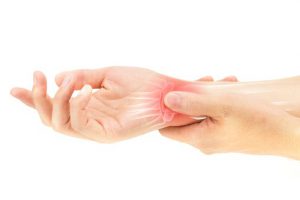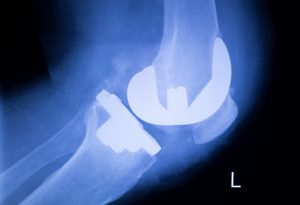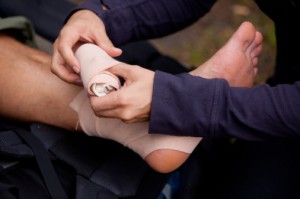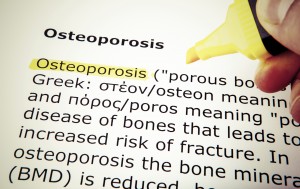 May has been designated National Arthritis Awareness Month and Flushing Hospital, along with the Arthritis Foundation want to raise awareness about conquering this disease.
May has been designated National Arthritis Awareness Month and Flushing Hospital, along with the Arthritis Foundation want to raise awareness about conquering this disease.
Arthritis is the leading cause of disability in America. It is not a single disease, but a grouping of conditions that affect joint pain. There are more than 100 different types of arthritis and related conditions. More than 50 million adults and 300,000 children have some type of arthritis. While arthritis can affect both men and women, it is most common among women and occurs more frequently as people get older.
Common arthritis joint symptoms include swelling, pain, stiffness and decreased range of motion. Symptoms may come and go and can be mild, moderate or severe. They may stay about the same for years but may progress or get worse over time. Severe arthritis can result in chronic pain and inability to do daily activities. Arthritis can cause permanent joint changes. These changes may be visible, such as knobby finger joints, but often the damage can only be seen on X-rays. Some types of arthritis also affect the heart, eyes, lungs, kidneys and skin as well as the joints.
To learn more about arthritis, visit http://www.arthritis.org
If you think you have arthritis and would like to schedule an appointment, please call Flushing Hospital’s Ambulatory Care Center at 718- 670-5486.
All content of this newsletter is intended for general information purposes only and is not intended or implied to be a substitute for professional medical advice, diagnosis or treatment. Please consult a medical professional before adopting any of the suggestions on this page. You must never disregard professional medical advice or delay seeking medical treatment based upon any content of this newsletter. PROMPTLY CONSULT YOUR PHYSICIAN OR CALL 911 IF YOU BELIEVE YOU HAVE A MEDICAL EMERGENCY.






